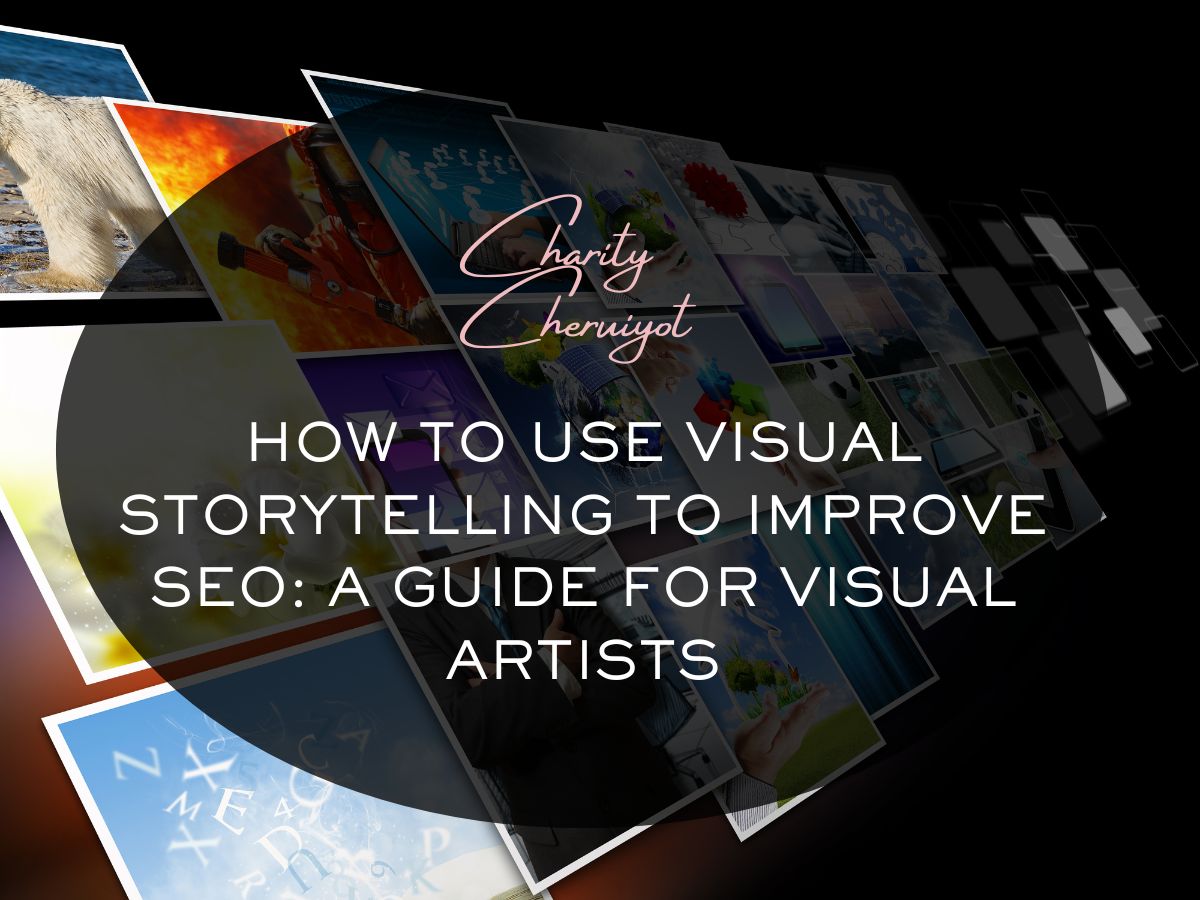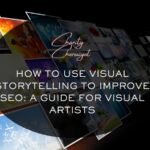If you’re a visual artist trying to grow your online presence, you’ve probably heard that SEO (Search Engine Optimization) is essential. But here’s the real magic: you don’t need to sacrifice your creative soul to play the SEO game. In fact, your visuals might be your biggest SEO weapon—if you know how to use them right. Visual storytelling is the art of using images, illustrations, animations, or video to tell a story. In SEO, it’s not just about being beautiful—it’s about being strategic. Search engines like Google are getting smarter at reading context. When you combine strong visuals with meaningful content, optimized file names, and alt text, you’re giving Google more to work with. The result? Better rankings, more traffic, and higher engagement. So, how do you use visual storytelling to improve SEO?
Most visual artists rely on social platforms or word-of-mouth to grow. But here’s a truth bomb: your website is your online gallery. And if no one finds it? All that talent stays hidden. With strong SEO, your artworks can appear on Google Images and Pinterest search results. People looking for “digital art for book covers” or “custom Afro-futurism illustrations” will find you instead of someone else. Your blogs, portfolios, and case studies can attract brands, agencies, and fans.

Here are five ways to level up your SEO game as a visual artist:
- Optimize Your Image Titles and Alt Text – Stop uploading files like “IMG_1022.jpg.” Instead, go for descriptive names like “custom-fantasy-illustration-black-female-warrior.jpg.” It helps Google and people using screen readers.
- Tell a Story in Your Portfolio Descriptions – Instead of just posting art with “Portrait, 2023,” add a mini story: “This digital piece explores grief through Afrofuturistic lenses. Created using Procreate and Photoshop, it reflects personal healing after loss.” That’s content. That’s SEO.
- Use Keywords—Naturally – Research phrases like “commissioned comic artist,” “illustrations for Kenyan brands,” or “eco-conscious visual art.” Then sprinkle them through your blog posts, project pages, and meta descriptions—without sounding robotic.
- Create a Blog with Case Studies – Behind every artwork is a process. Share it. Write about your tools, your inspiration, or a client story. These posts help search engines understand your niche and show potential clients your professionalism.
- Use Structured Data & Compress Your Images – Use tools like TinyPNG to reduce image size without losing quality. And consider adding schema markup to your portfolio pages so search engines better understand what you’re showcasing.
Let’s say you create a series called “Women of the Future: A Sci-Fi Tribute to African Femininity.” You upload the artworks to your site, name each image descriptively, and write a blog post breaking down the concept, inspiration, tools used, and the cultural themes. Add a YouTube timelapse? Even better. Now, someone Googling “African sci-fi illustration series” might land on your blog, not a big stock site.
SEO might seem like a techy jungle at first—but for visual artists, it’s just another creative medium. Use it to shape how people find and understand your art. Blend your storytelling with smart digital tactics, and you won’t just grow an audience—you’ll attract the right one.
What’s Your Visual Story?
Have you used visual storytelling for SEO? Are you struggling to rank on Google? Drop your thoughts in the comments or share your portfolio below. Let’s grow together, one click at a time.






